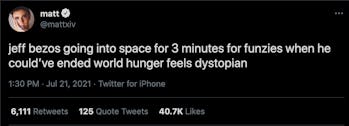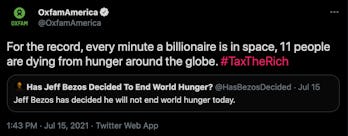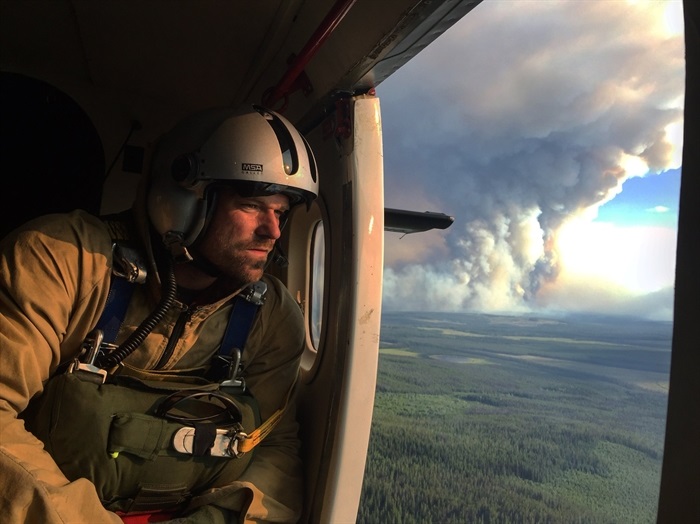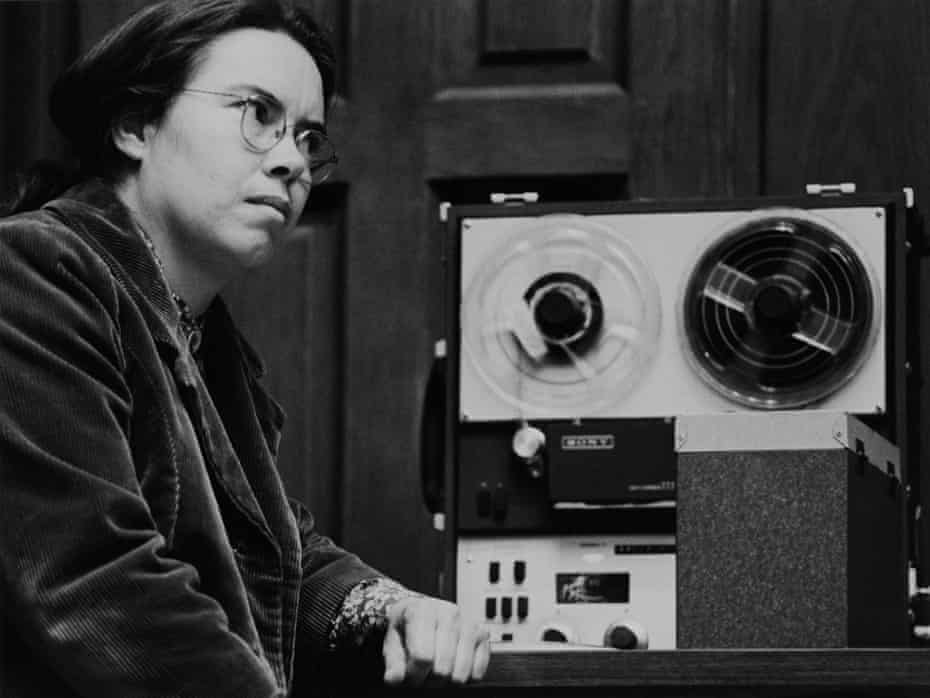BY DENISE PAGLINAWAN, THE CANADIAN PRESS
POSTED JUL 23, 2021
Five Toronto councillors urged the city’s mayor on Friday to end what they called an “extreme show of force” during the clearing of homeless encampments.
In a letter to John Tory, the councillors said there’s no need for batons, pepper spray or guns in the operations, adding that the mayor’s approach to encampments does not resolve the challenges posed by them.
“We demand an end to the violence and extreme show of force,” said the letter signed by councillors Shelley Carroll, Mike Layton, Josh Matlow, Gordon Perks and Kristyn Wong-Tam.
“You are only moving people experiencing homelessness from parks to laneways, under bridges or into another park.”
The letter came after violence erupted on Wednesday when authorities moved in to clear a homeless encampment at a Toronto park.
The operation at Lamport Stadium Park saw police push out a crowd made up of encampment residents and many supporters after they refused to leave the area.
A different encampment was cleared the day before at Alexandra Park in downtown Toronto.
Tory said in a statement Friday that some councillors “continue to ignore” the work city staff have done to reach out to people in encampments and encourage them to take up safe indoor shelter with proper support.
“After thousands and thousands of visits offering housing before and after trespass notices are issued, there does come a time when an encampment cannot continue to occupy a public park, to threaten the safety and health of people experiencing homelessness, and impact the families and communities who rely on these parks,” he said.
“I support the right to protest but I do not support protesters trying to stop City staff from offering safe indoor housing to residents in encampments, forcing confrontations with police and City staff, and trying to stop the City from having discussions with encampment residents and from making sure our parks are safe and healthy places for everyone.”
The city has cited the risk of fires and the need to make parks accessible to everyone as factors behind the clearings.
Police have said they were at Lamport Stadium to support city staff in the clearing operations and carried out “enforcement” as a last resort, using “minimal force.”
The councillors who wrote to Tory added that any obstruction of media access to encampment clearing operations is “undemocratic and unconstitutional.”
A Canadian Press photographer covering the Alexandra Park clearing was arrested Tuesday by Toronto City Corporate Security and removed from the area
The councillors added that any obstruction of media access to encampment clearing operations is “undemocratic and unconstitutional.”
Early in the pandemic, hundreds fled Toronto’s homeless shelters for fear of contracting COVID-19, setting up tents in parks throughout the city. Recent data obtained by The Canadian Press also shows a significant rise in violent incidents in Toronto’s shelter system over the last five years.
The city maintains the shelter system is safe, and city council recently passed a motion to end encampments.
More and more photo and video documentation of the most recent tent encampment eviction in Toronto — at Lamport Stadium Park in Liberty Village on Wednesday — continues to emerge on social media as the public, shocked, criticizes the actions of police facing protesters on the scene.
As was the case in the wake of the city's move to clear a similar tent community in Trinity Bellwoods Park last month, residents are shocked by the sheer number of police and private security guards employed to enforce trespass notices against those experiencing homelessness who have been living in the public green space.
Also, the tactics of authorities on the scene, who violently clashed with protesters who had set up physical barricades in an attempt to stop the clearings.
Officers were seen pushing, hitting, dragging, pepper spraying, and arresting advocates as authorities took apart the makeshift structures that some 11 people were residing in.
Police were dispatched by the city to help get the homeless out of the park and offer them "safe, indoor accommodation and supports" that included meals, a housing worker and mental health assistance — and also to see to the large number of protesters who oppose the city's dismantling of encampments that have cropped up during the pandemic.
Mayor John Tory and the TPS have defended action on multiple occasions, saying the heavy-handed police presence was simply a response to protesters that "outnumbered encampment residents, creating an increasingly unstable and unsafe environment for them and for city staff" who were tasked with offering housing to those residents living in the park.
"Compare the experience [at Alexandra Park on Tuesday] where streets-to-homes workers were relatively unobstructed offering indoor housing without interference of protesters to today, where you had many, many more protesters, which necessitates the presence of more police officers in order to make sure that [everyone] can be kept safe," Tory said in a presser Wednesday.
"We're trying our very best to do this in a way that is compassionate, but also firm — firm in the sense that we must find safer, more healthy, legal indoor accommodations for people who have many needs for support in their lives, provide those supports and do it in a way that preserves everyone's safety."
Following the Bellwoods encampment clearing in June, Tory chalked the violence up to "hundreds of people who showed up and involved themselves who were not the people experiencing homelessness that we were trying to help," referring to them as people "trying to make a statement" rather than actually help those experiencing homelessness.
"The City's objective today was to peacefully encourage encampment occupants to accept safe, indoor accommodation, as it does daily with people experiencing homelessness across the city. Camping in parks is unhealthy, unsafe and illegal," reads a release issued Wednesday following the Lamport drama.
"Protesters indicated they would not leave the fenced area, preventing City staff from doing their jobs in assisting encampment occupants and making the park safe and accessible for all.," it continues.
"As protesters remained in the area and refused to leave, the City requested TPS assistance in clearing the fenced area of the park. When the area was cleared by police of protesters, the City re-engaged with any encampment occupants who remained, and began the removal of structures and debris."
A total of 26 people were arrested at Lamport on Wednesday, and face criminal and provincial charges including assault with a weapon, assaulting a peace officer and obstructing police.
Protesters were also pepper sprayed in a tense demonstration outside TPS 14 Division on Dovercourt following the day's earlier events.
The city has said it intends to move forward with the dismantling of the remainder of the encampments it identified as priority locations to ensure that they can be used for things like summer camp programming.
Lead photo by @BikeLaneDiary
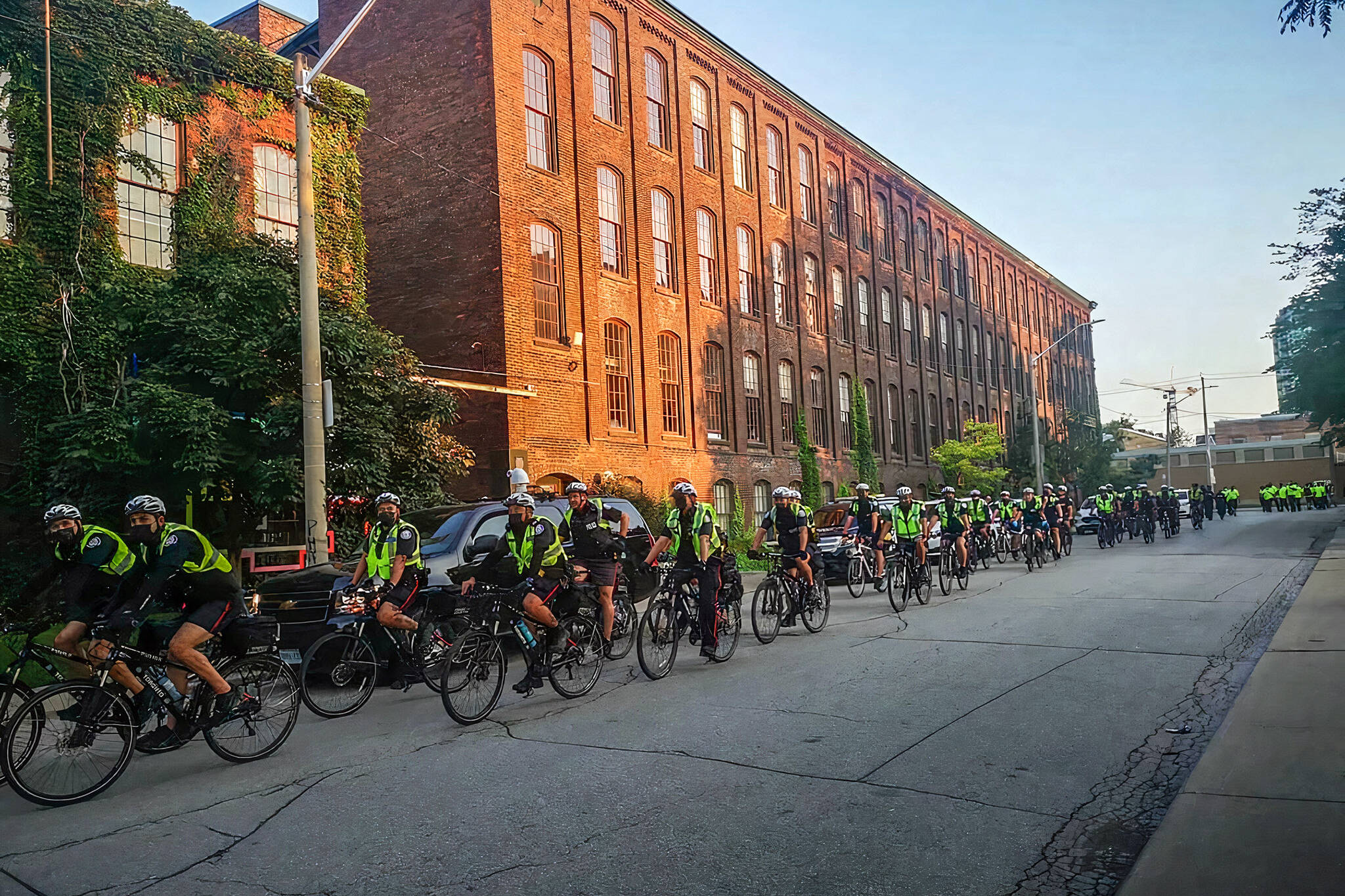
If you can't beat them, make them look like total tools.
Advocates for people experiencing homelessness got creative this morning when protesting Toronto's destruction of yet another tent encampment — this one at Lamport Stadium Park — by using loudspeakers to blare a song that has become synonymous with evil authoritarian regimes.
"The Imperial March," composed by John Williams for Star Wars: The Empire Strikes Back in 1980, is a recurrent musical theme within the wildly-popular film franchise.
It is also known colloquially among fans and non-fans alike as "Darth Vader's theme song" or "the death march." Online content creators have been known to set the track against actual news footage as a form of political criticism.
Rather, people protesting the Lamport Stadium encampment eviction played the song live on speakers loud enough for everyone within earshot to enjoy.
The message to police and city officials was clear, and advocates gathered to support encampment residents got a kick out of it.
Sadly, nothing else happening at the scene today is even moderately funny. To ask those present and many others watching through digital means, the situation is downright f*cked.
City crews have once again entirely fenced off a public park and are arresting anyone who dares to go inside: Volunteers, activists, journalists and anyone else who might get in their way or document what they're doing.
Nine people were arrested in total during the dismantling of a different encampment, the one at Alexandra Park, on Tuesday, less than 24 hours before cops arrived on bike, foot and horseback to Lamport Stadium.
Advocates report that the entirety of Lamport Stadium Park had been surrounded by cops, cruisers and court wagons before 6 a.m. on Wednesday.
For context, the sizeable park is bordered by King Street West to the north and East Liberty Street to the south, Fraser Avenue to the west and Jefferson Avenue to the east. And it's not only the park being blocked off, but areas surrounding the park as well.
Onlookers are once again taking up issue with the city's heavy-handed approach to enforcing trespass notices to people living in parks, and wondering how much an operation like this must be costing taxpayers.
"Imagine waking up and thinking there was actual sound, moral grounds in forcing unhoused folks into even less safe/autonomous housing just so rich residents can avert their eyes from the horrors of wealth disparity and corporate and government created housing crisis," tweeted one local.
"This is Toronto."
The (second) clearing of the encampment at Lamport Stadium Park is ongoing, and the City of Toronto has stated that all individuals living there are being offered safe, indoor space, with access to meals, showers and laundry, harm reduction, physical and mental health supports, and a housing worker.
"Occupants will be given time to pack two bags of belongings to take with them. All other belongings will be collected and stored for up to 30 days for future pickup," reads a release from the city issued Wednesday morning. "There are more than 30 structures on-site, including tents and makeshift structures."
One of the city's prime stated reasons for dismantling this and other encampments is a high risk of fires, of which there have been 130 already this year within Toronto tent cities. Seven people have died as a result of encampment fires in Toronto since 2010.
"City staff attempting to assist those experiencing homelessness are increasingly facing intimidation, threats and criminal harassment by advocates or protestors at encampments," reads the release. "This behaviour is unacceptable, and the City is committed to ensuring that employees are protected from harassment in the workplace."




